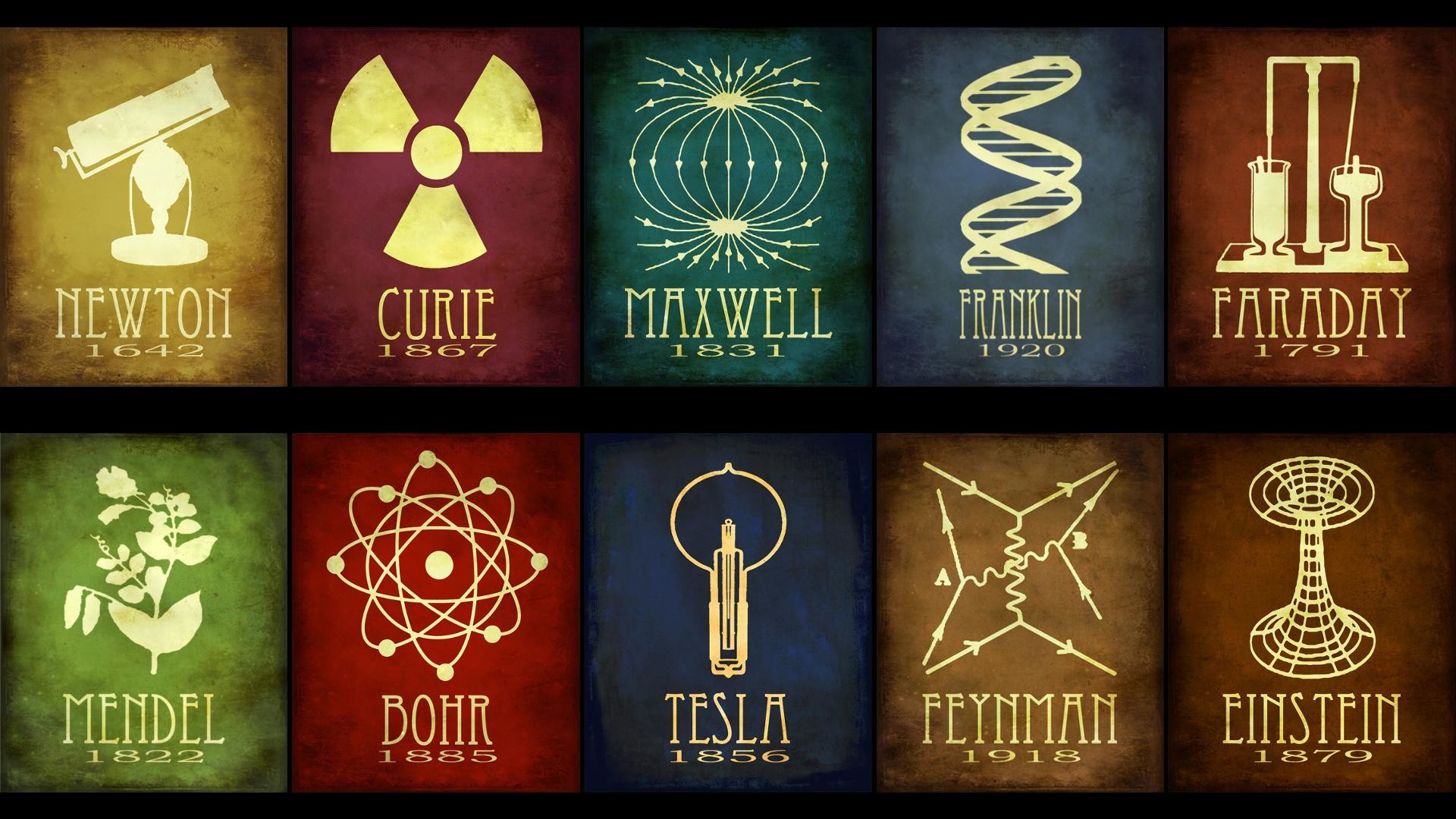Scientific Phenomena Illustrated

Science wallpaper – Dive into the fascinating world of science through stunning illustrations that unveil the complexities of the natural world. From the cosmic dance of stars to the intricate architecture of DNA, these visual masterpieces illuminate scientific concepts in an engaging and accessible manner.
Dive into the depths of science wallpaper, where the boundaries of knowledge blur and imagination soars. But if you seek a touch of the macabre, venture into the realm of scary wallpaper , where shadows dance and whispers haunt the night.
Yet, amidst the eerie and unsettling, the allure of science persists, beckoning us back to its realm of wonder and discovery.
Each illustration is meticulously crafted to capture the essence of a scientific phenomenon, accompanied by clear explanations that unravel the underlying science. Delve into the life cycle of a star, witnessing the birth, evolution, and eventual fate of these celestial wonders. Explore the formation of a tornado, unraveling the forces that orchestrate this awe-inspiring meteorological event. Discover the structure of DNA, the blueprint of life, and marvel at its intricate complexity.
The Life Cycle of a Star
Stars, the luminous beacons in the night sky, undergo a remarkable journey throughout their existence. From their humble beginnings as clouds of gas and dust to their eventual transformation into stellar remnants, each stage of a star’s life cycle is marked by distinct characteristics and fascinating processes.
Immerse yourself in the enigmatic realm of science wallpapers, where the cosmos dance upon your walls. From celestial tapestries to microscopic marvels, each image ignites a spark of curiosity and wonder. To ensure the perfect fit for your space, consult our wallpaper calculator.
With its precise measurements, you can seamlessly adorn your walls with the captivating beauty of science wallpapers, transforming your home into a sanctuary of knowledge and imagination.
- Birth: Stars are born within vast clouds of molecular gas and dust known as nebulae. As gravity pulls the material together, it collapses and forms a protostar, the precursor to a star.
- Main Sequence: The protostar continues to contract and heat up, eventually igniting nuclear fusion in its core. This marks the star’s entry into the main sequence, the longest and most stable phase of its life.
- Red Giant: As the star exhausts its hydrogen fuel, it expands and cools, becoming a red giant. During this phase, the star’s outer layers are shed, forming planetary nebulae.
- White Dwarf: For stars with insufficient mass to undergo a supernova, the core collapses and forms a white dwarf, a dense, Earth-sized remnant that gradually cools and fades.
- Neutron Star: Stars with more massive cores collapse further, creating neutron stars, ultra-dense objects with a radius of only a few kilometers.
- Black Hole: If the core of a star is sufficiently massive, it collapses into a black hole, a region of spacetime with such intense gravity that nothing, not even light, can escape.
The Formation of a Tornado
Tornadoes, nature’s wrath unleashed, are mesmerizing yet destructive forces. These swirling columns of air form under specific atmospheric conditions and can cause catastrophic damage.
- Instability: A tornado begins with atmospheric instability, where warm, moist air rises rapidly, creating an updraft.
- Wind Shear: As the updraft intensifies, it encounters wind shear, a change in wind speed and direction with height. This causes the updraft to rotate.
- Condensation: As the air rises and cools, water vapor condenses, forming a visible funnel cloud.
- Funnel Formation: The rotating updraft draws in more air, causing the funnel cloud to descend towards the ground.
- Tornado Touchdown: When the funnel cloud reaches the ground, it becomes a tornado, a swirling column of air and debris that can wreak havoc.
The Structure of DNA
DNA, the molecule of life, holds the genetic instructions for all living organisms. Its structure, discovered by James Watson and Francis Crick, is a masterpiece of molecular architecture.
- Double Helix: DNA consists of two strands twisted around each other to form a double helix.
- Nucleotide Building Blocks: Each strand is composed of a series of nucleotides, which are molecules made up of a sugar, a phosphate group, and a nitrogenous base.
- Base Pairing: The nitrogenous bases on opposite strands pair with each other through hydrogen bonds: adenine (A) with thymine (T), and guanine (G) with cytosine (C).
- Genetic Code: The sequence of these base pairs encodes the genetic information that determines an organism’s traits.
- Replication: DNA has the remarkable ability to replicate itself, ensuring the faithful transmission of genetic information from one generation to the next.
Science in Motion: Science Wallpaper

Scientific concepts are not limited to static images. They can be brought to life through animations that showcase their dynamic nature. These animated wallpapers provide an immersive experience that allows users to visualize and interact with scientific phenomena in real-time.
Interactive Visualizations
These wallpapers feature interactive elements that empower users to control the speed and direction of the animations. By adjusting these parameters, users can explore the concepts at their own pace and from different perspectives. This interactivity enhances the learning process and makes it more engaging.
Scientific Concepts in Action
The animations depict a wide range of scientific concepts in motion, such as:
– The Earth’s rotation on its axis, demonstrating the day-night cycle and the Coriolis effect.
– The launch of a rocket into space, showcasing the principles of propulsion and gravity.
– A chemical reaction taking place, revealing the rearrangement of atoms and the release or absorption of energy.
Scientific Explorations

Embark on a breathtaking journey through the cosmos, exploring the vast frontiers of science and unraveling the mysteries that lie beyond our immediate grasp. Witness the wonders of the universe, from distant galaxies to microscopic organisms, and delve into the groundbreaking discoveries that have shaped our understanding of the world around us.
Exploration of Distant Galaxies
Gaze upon awe-inspiring images of distant galaxies, each a celestial tapestry of stars and cosmic dust. Through the lens of powerful telescopes, scientists have peered into the depths of space, uncovering a universe teeming with countless galaxies, each with its own unique characteristics and mysteries to unravel.
- Discover the Andromeda Galaxy, our closest galactic neighbor, a spiral galaxy resembling our own Milky Way.
- Explore the Whirlpool Galaxy, a majestic face-on spiral galaxy renowned for its prominent and intricate spiral arms.
- Marvel at the Sombrero Galaxy, a peculiar elliptical galaxy known for its distinctive dust lane that resembles a sombrero.
Microscopic Explorations
Venture into the hidden realm of the microscopic, where the smallest organisms reveal the intricacies of life. Advanced imaging techniques have enabled scientists to delve into the unseen world, unlocking the secrets of cells, bacteria, and viruses.
- Witness the intricate structure of a human cell, with its nucleus, organelles, and complex network of membranes.
- Observe the movement of bacteria, tiny microorganisms that play a vital role in our environment and health.
- Examine the structure of a virus, the smallest infectious agent known to science, capable of causing a wide range of diseases.
Exploration of Mars, Science wallpaper
Join the exploration of Mars, the Red Planet, as scientists unravel its geological history and search for signs of past or present life. Rovers and orbiters have transmitted captivating images of Martian landscapes, providing valuable insights into its surface, atmosphere, and potential for habitability.
- Discover the vast canyons of Valles Marineris, a colossal rift valley stretching thousands of kilometers across the Martian surface.
- Explore the ancient riverbeds and dried-up lakes, hinting at the possibility of a once-watery past on Mars.
- Examine the polar ice caps, composed of frozen water and carbon dioxide, providing clues to the planet’s climate history.